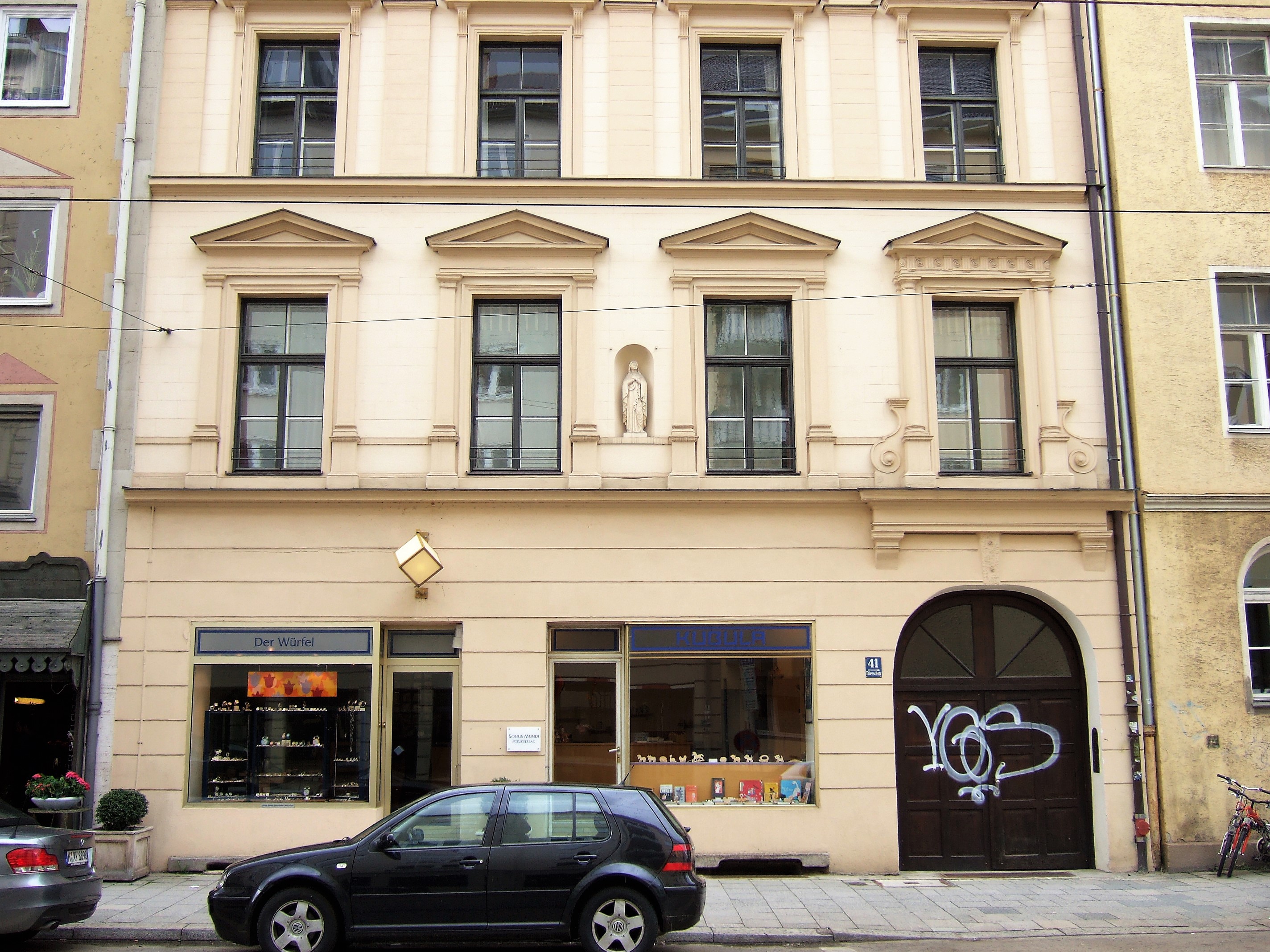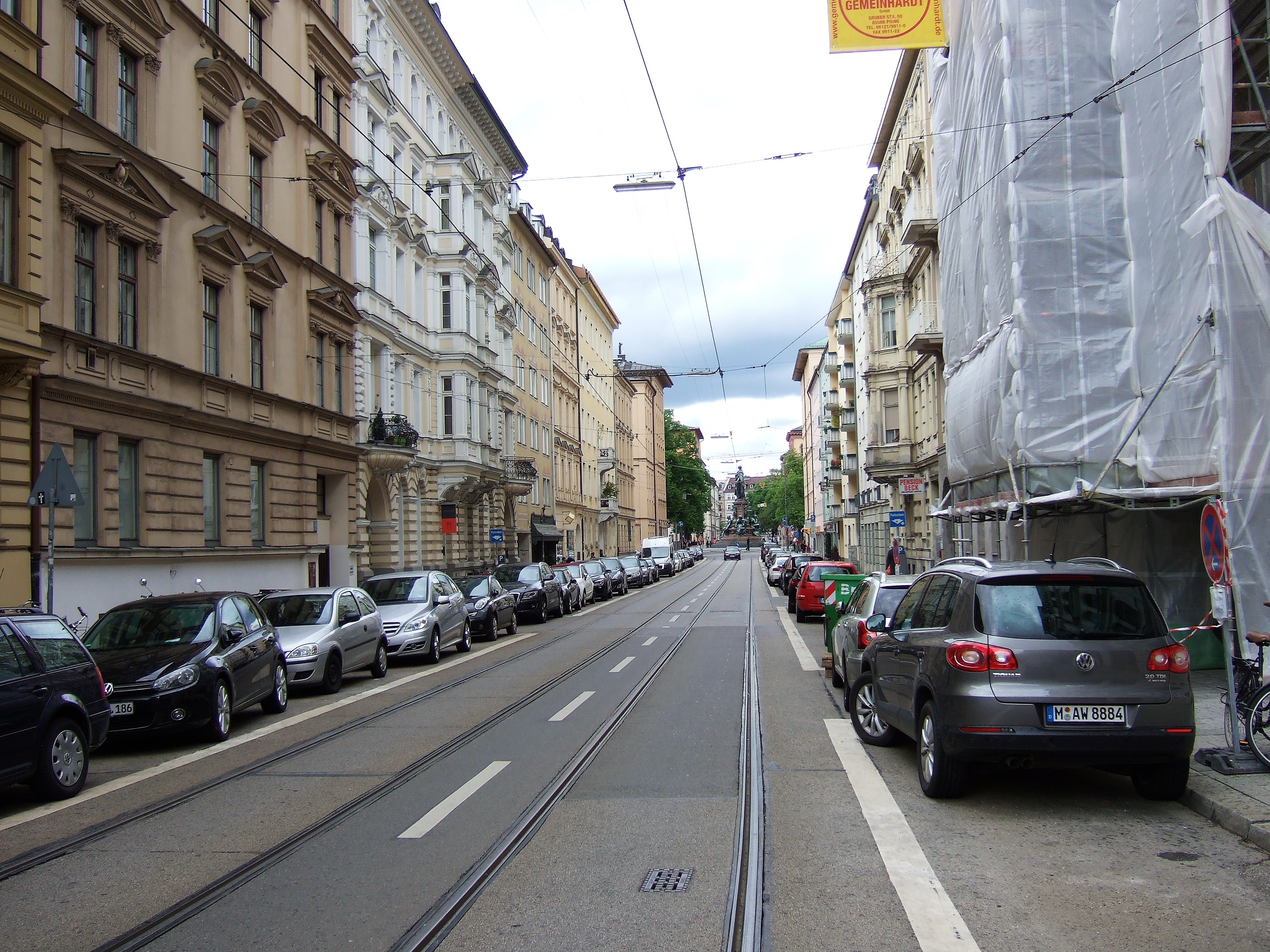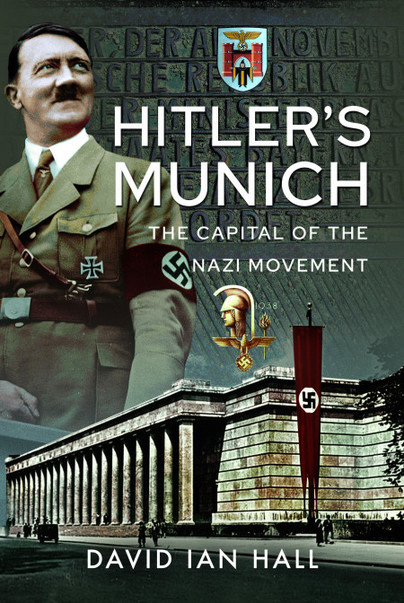One Hundred Years Ago – The Battle of the Hofbräuhaus, 4 November 1921. Part 2.
Guest post from author David Ian Hall.
Part II:
News of the big brawl on Friday night at the Hofbräuhaus quickly spread throughout Munich. Saturday’s edition of the Völkischer Beobachter, the Nazi Party’s official newspaper, informed its readers that hundreds of Communists and Jews had attempted to stop Hitler from speaking but were thwarted from doing so by the brave resolve of a small company of Saal-Schutz. The paper also reprinted a recruitment advert for the SA and directed eligible candidates to the Party’s new and much larger headquarters that had literally just opened at Corneliusstraβe 12, a hundred metres or so west of Gärtnerplatz in central old Munich. The paper provided a fuller account of the Battle of the Hofbräuhaus in its next issue published on Wednesday 9 November, the same day that marked Germany’s National Day of Shame in 1918 when the Socialists in Berlin lead by Friedrich Ebert forced Kaiser Wilhelm II to abdicate, stabbed the army in the back, and ended the Great War by accepting the Western Powers’ terms. The VB’s leading article recounted the humiliation inflicted on Germany by the ‘November Criminals’ and the seeping contagion of Marxist-Bolshevism that continued to poison German society. Only in Munich, the VB claimed, where nationalist and völkisch resentment was rising, was the NSDAP fighting back. A detailed account of the battle in the Hofbräuhaus under the title ‘The War Again. War Report 5 November 1921’ told how the Sturmabteilung fought and defeated vastly superior opposition. The SA’s victory over the Reds was hailed as proof of the superiority of the NSDAP’s ideas that had ‘awakened courage and superhuman strength’ and legitimised the methods used to defend them. Even the socialist newspapers like the Münchener Post recognised the changing landscape in Munich’s politics and refrained from urging their readers to break up future Nazi meetings.

The Battle of the Hofbräuhaus instantly became a Nazi party legend. Five days after the battle Hitler hosted a celebratory dinner for his SA-men at the Restaurant Adelmann on Herrnstraβe, not far from the Hofbräuhaus. Many of the men sported cuts and bruises on their arms and faces, and some were still wearing bandages. Hitler saluted his victorious fighters. They had won the first great fight in a large hall where the party was meeting. Hitler told his SA-men that they had learned how to dominate the great halls of Munich, and that the ‘cleaning up’ process they had begun would ensure that the Movement grew and became stronger and stronger, not just in Munich but in Bavaria and beyond.

By the end of 1921 paid-up membership in the party had doubled to over 4,000 members. Many, just like Magdalena Schweger and her friends on Thierschstraβe, joined the party because of Hitler. New members came from all age groups and all sections of society, but the NSDAP remained a small and inconsequential Munich-based party of grievance politics. The SA also remained a small and cash-strapped organisation with around 800 members one year on from its inauguration in August 1921. Aggressive tactics and involvement in major brawls with left-wing opponents increased the SA’s notoriety in Munich and helped the party cultivate useful connections with other ethnic-nationalist and völkisch paramilitary organisations. Attaining political power, however, was a long way off, and by no means certain for Hitler and the NSDAP, but the formation of the SA and its victory at the Battle of the Hofbräuhaus ensured the existence of the party. Hitler devoted five pages to the Battle of the Hofbräuhaus in Mein Kampf. Equally, Frau Schweyer’s assessment of that fateful night at the Hofbräuhaus – 4 November 1921 – was uncannily prescient: it was, as she said, ‘the real beginning of our Party as a force and power.’
Sources:
Adolf Hitler, Mein Kampf, trans. Ralph Manheim, Boston: Houghton Mifflin, 1971, pp.502-507.
Völkischer Beobachter, Issues 84 and 85, 5 and 9 November 1921.
Magdalena Schweger’s personal account in H.A. Heinz, Germany Hitler, London: Hurst & Blackett, 1934, pp.136-138.
Thank you for reading my recent blog posts. For earlier blog posts on Hitler’s Munich please see Pen & Sword Blog, Hitler’s Munich, January 1921 (12 and 19 January 1921).

Hitler’s Munich is available to order here.

